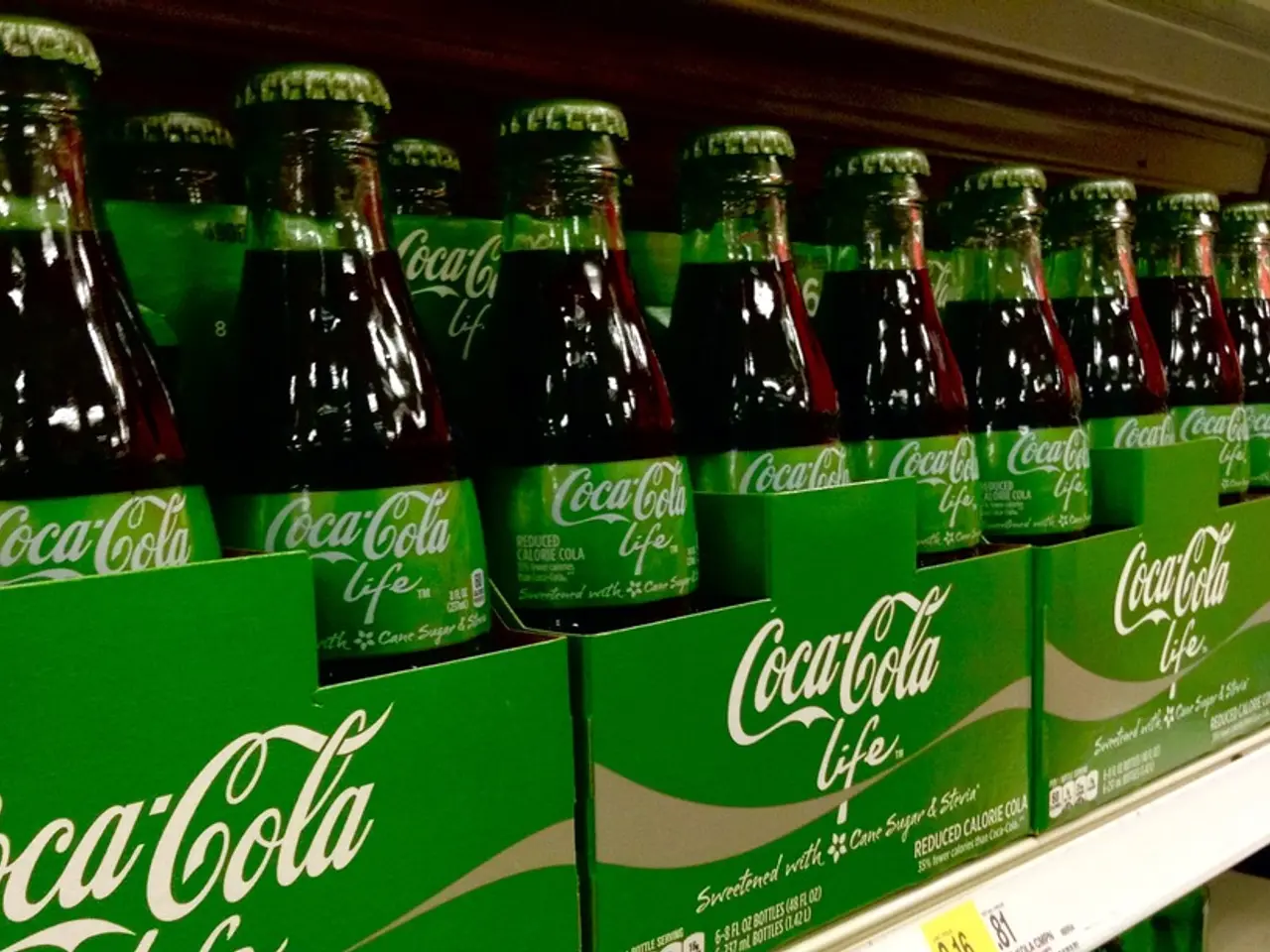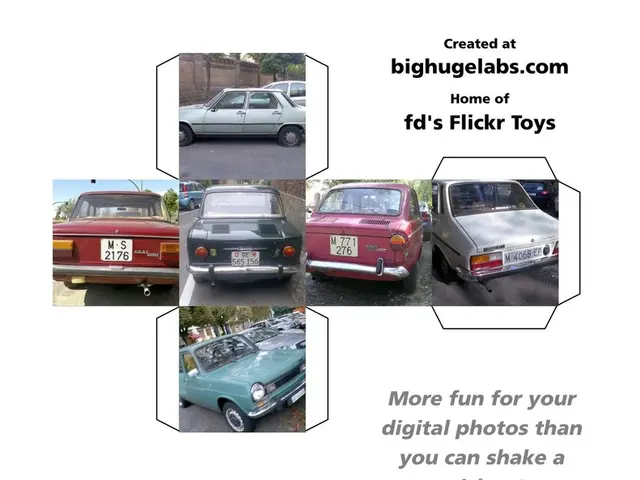TU Clausthal Team Achieves 92% Lithium Recovery in Battery Recycling Breakthrough
A team led by Prof. Andreas Schmidt at Technische Universität (TU) Clausthal is making waves in recycling technology. They're collaborating with various institutions to optimize processes for recycling lithium-based battery materials, with remarkable results.
The research group, working with teams from several TU Clausthal institutes and external universities like TU Bergakademie Freiberg, TH Nuremberg, and RWTH Aachen University, has achieved lithium recovery rates of up to 92%.
Their secret? Punicin derivatives and optimized flotation parameters. Punicin, a natural substance from pomegranate leaves, can switch its charge based on pH value and light. This unique property allows it to bind to lithium-containing minerals, enabling them to be separated using the flotation technique, commonly employed in ore processing.
The team is not stopping at lithium. They're exploring the use of punicin derivatives to recover other valuable minerals like copper or tantalum from waste materials. This collaborative effort involves researchers from diverse disciplines, demonstrating the interdisciplinary nature of sustainable innovation.
The successful collaboration at TU Clausthal has significantly improved the efficiency of lithium recycling, making it a more viable and environmentally friendly process. With further research, this method could revolutionize the recycling of valuable minerals from electronic waste, contributing to a circular economy.
Read also:
- Hydrogen set to revolutionize India's space expeditions, transportation sector, and clean energy ambitions, according to ISRO Chairman's claims
- Strategic approach to eco-friendly nickel production for electric vehicles in Europe
- Solar energy company, Imperium, alongside QORAY Mobility & Energies Solar Business, bolsters Nigeria's environmental future by producing superior solar panels domestically and offering flexible payment options.
- AI Inspection Company, Zeitview, Secures $60 Million Funding for Expansion








